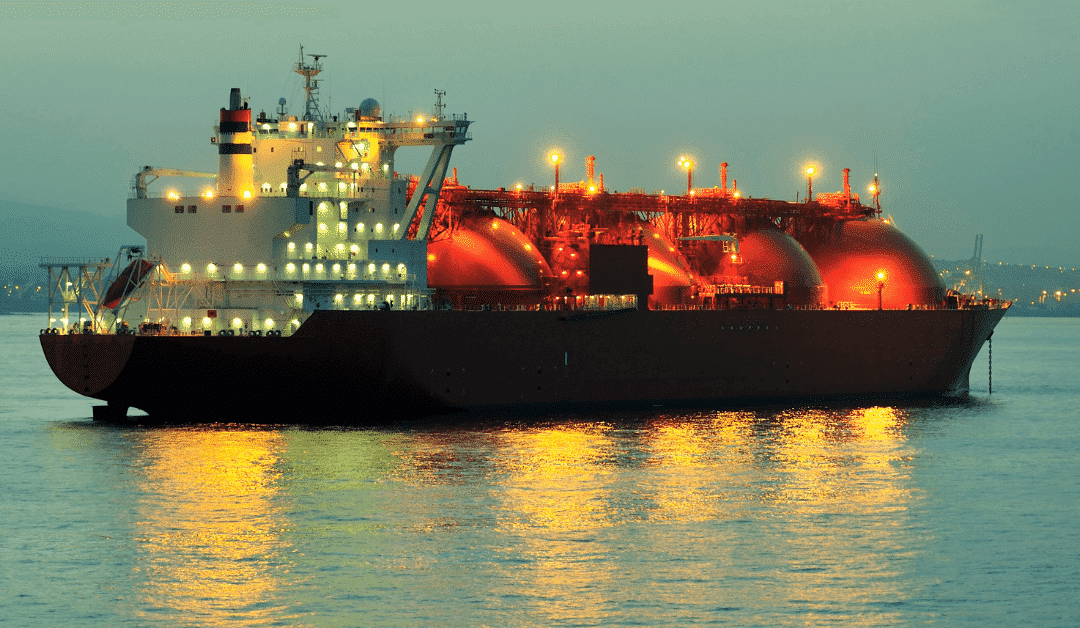A debate over LNG’s viability as a marine fuel for achieving net-zero carbon emissions sparked by a recent International Council on Clean Transportation report has added to high LNG prices in weighing on its uptake, even though its proponents still view it as a vital pathway to achieving maritime decarbonization when the development of alternatives is some time away.
“LNG remains the preferred low carbon solution, despite current gas pricing which we must assume will prevail for some time,” Martin Wold, principal consultant at DNV’s Maritime Advisory business, said in a statement earlier this month.
LNG’s adoption is also getting reflected in many shipping companies in Asia that are opting for LNG dual-fueled ships, with the region also trying to catch up with Europe as far as LNG bunkering infrastructure is concerned, industry sources said.
In September, Singapore-headquartered Eastern Pacific Shipping celebrated its 50th LNG bunkering operation, with the company also announcing over the same month chartering of four newbuild containerships powered by LNG to US’ Crowley.
In August, Japan’s Mitsui O.S.K Lines also announced it has ordered six LNG-powered new builds to be delivered in 2025 through 2026, in line with its overall ambition to reach a fleet of 90 LNG-fueled ships by 2030.
As per DNV’s Alternative Fuels Insight platform for August, 316 LNG-powered ships were already in operation globally, while 511 LNG-fueled ships were on order.
Amid such developments, LNG’s uptake as a marine fuel is expected to spike, according to S&P Global Commodity Insights. Earlier in September, S&P Global’s reference case estimated that petroleum-based fuels will account for 90% of global bunker demand in 2030, with LNG 7.8% and alternatives 2.2%, adding that LNG’s uptake could increase to 12% in 2050.
In its higher uptake scenario, based on companies expediting their CO2 targets and regulators implementing more restrictive environmental laws, S&P Global estimated alternative fuels at 39%, LNG at 32%, LPG at 1%, and oil-based fuels at 28% of the total bunker consumption in 2050.
“Presently LNG gives you a 23%-28% reduction in CO2 emissions … As of today that is the best,” an industry source in Singapore said.
“You can use LNG today and go on increasing the percentage of biomethane or synthetic methane or green methane and reach the 2050 target,” he added.
Addressing methane slip
Methane slip from LNG-fueled vessels is a recognized problem but the maritime industry has been taking steps to tackle it, industry sources said, adding that misrepresenting the methane slip problem could delay maritime decarbonization.
On Sept. 6, a coalition of seven companies — Mediterranean Shipping Company, Carnival Cruise Line, Seaspan ULC, Shell, Lloyd’s Register, Knutsen OAS Shipping and Maran Gas Maritime — launched a program to identify and advocate for a technology to measure and manage methane slip from shipping as part of their Methane Abatement in Maritime, or MAM, Innovation Initiative.
Later during the same month, SEA-LNG said in a statement Sept. 20 that the levels of methane slip have been reduced by a factor of four since LNG-fueled engines were first introduced at the turn of the century, and this reflects continued improvements made in engine technologies.
A Sphera study reported that by 2030 methane slip should have been virtually eliminated for all engine types because of engine
manufacturer innovations and programs such as the recently launched MAM Innovation Initiative, it added.
The SEA-LNG statement also said the recent ICCT report made “flawed assumptions,” as its estimates of life cycle, or well-to-wake, CO2e emissions for LNG-fueled vessels in 2030 were based on historic vessel fleet data that is dominated by older, obsolete 4-stroke low-pressure dual fuel diesel electric engine technologies which have relatively high levels of methane slip.
Russia-Ukraine war props up LNG prices
LNG prices have climbed following the Russia-Ukraine war, with facility outages worldwide, pressuring LNG prices upward. The impact has also tricked down to bunker fuel prices.
Platts Singapore marine fuel LNG bunker assessment averaged $1,413.37/mt in the first half of 2022, according to data from S&P Global. Singapore’s delivered marine fuel 0.5% sulfur price averaged lower at $863.70/mt over the same period, while IFO 380 CST was much lower at $609.12/mt.
“Despite high LNG prices, orders for vessels running on LNG have not come down for the first eight months of the year, standing at similar levels, compared to the same period last year and significantly above 2020 at about 157 vessels, excluding gas carriers,” analysts at S&P Global said.
Ship owners will be viewing the current
LNG prices as a short-term issue, while an investment in a ship is more of a long-term commitment, Krispen Atkinson, consulting principal with the Oil Markets, Midstream, Downstream and Chemical team at S&P Global, said.
LNG is being seen by most as the best pathway toward a low, zero-carbon future for shipping, especially given that ammonia is seen as compatible with LNG infrastructure, Atkinson said.
“We are now seeing a number of vessels being ordered, with dual-fuel/LNG engines, but with ‘ammonia-ready’ notation, meaning it has provisions in place to enable a simply upgrade/retrofit to the fuel, once the supply network is in place,” he added.
Source: Hellenic Shipping News





